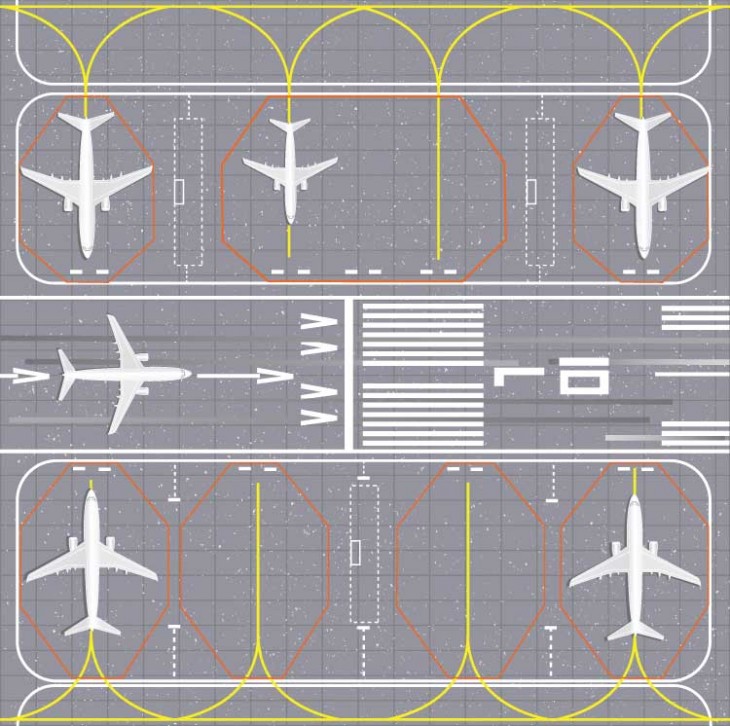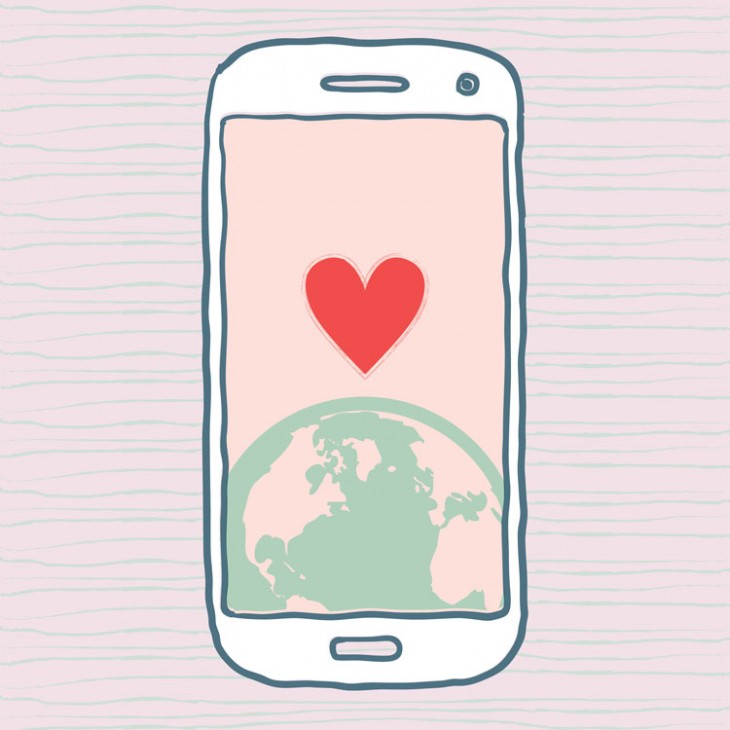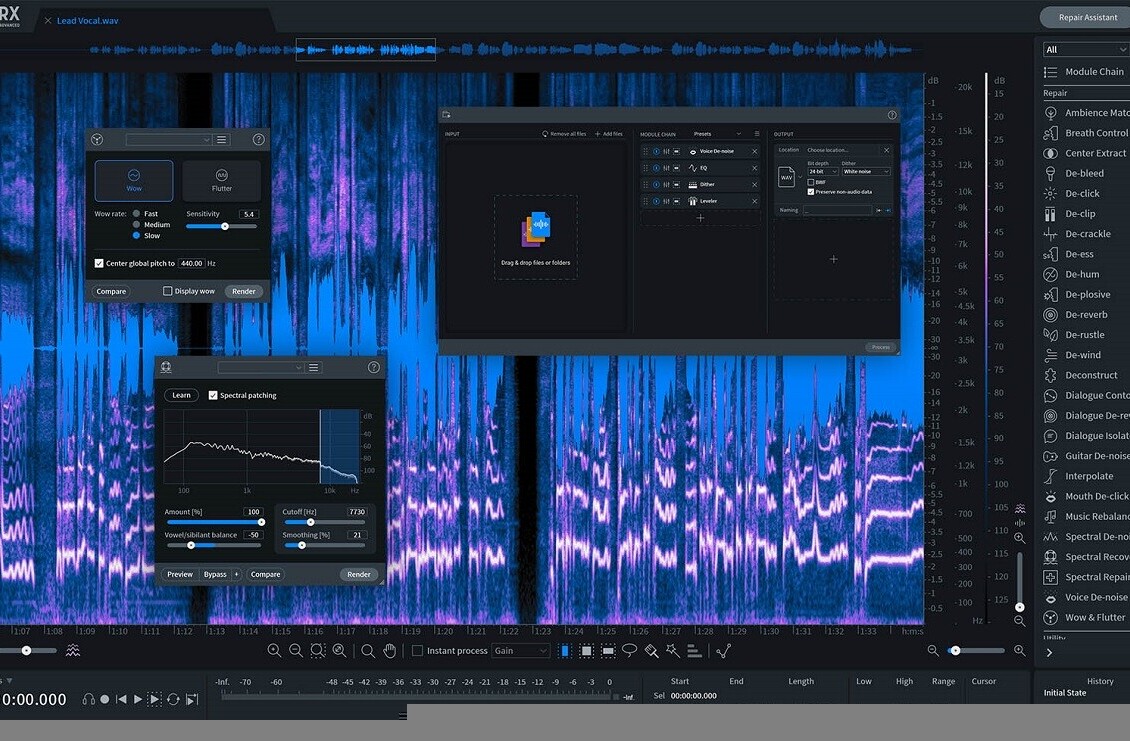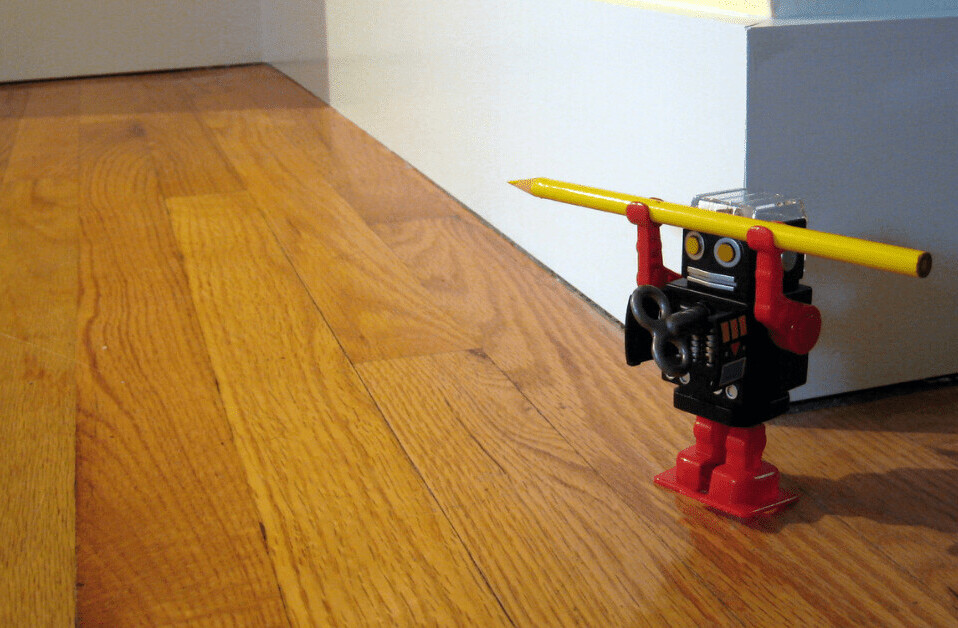
This post was originally published on the Shutterstock blog and has been reprinted with permission.
Mobile technology is transforming consumer behavior. Last year, mobile devices were on track to outpace the number of people in the world, and it’s estimated that by 2017, there will be 1.4 mobile devices per person. Long story short: Mobile isn’t just the Web on the go. It’s a completely different animal, and designing for mobile requires a wholly distinct approach.
You probably already know that you need a mobile strategy that incorporates a responsive design and integrated cross-platform browsing experience. But designing an experience that delights and engages your audience means taking your mobile strategy a step further. These five expert tips will help you get there.

1. Design for micro-interactions
“Mobile experiences are often a series of micro interactions — quick tasks that users perform, often in a highly distracting, public environment using a very small screen,” explains UX design and research expert Laura Klein in an interview with The Content Strategist.
High-impact mobile designs make important tasks easy and obvious. Remember that your users will be busy or distracted, so the most important processes should be as intuitive as possible.

2. Design for emotions
“Because mobile devices are more portable, we often find it more convenient to use them,” writes Elaine McVicar for UX Booth. “Consequently, through this more regular use, we feel a unique, emotional connection to them.”
We have a sensory, tactile connection to our mobile devices. Most of us even sleep next to our smartphones. Since we’re perpetually connected to our mobile devices, using them is often an an emotional experience. Good design will speak to that value.

3. Make your brand signature obvious
“Each user interaction with an app should reflect the story of the brand and should increase recognition, loyalty and satisfaction,” writes Ivo Weevers in an article for Smashing Magazine. “Identifying which elements contribute most to the brand’s identity is essential.”
Mobile designers need to make the most out of very limited screen space. Each moment a user spends with your mobile product or site should be a strong reflection of your brand.

4. Pay attention to context
“A mobile device can be used at anytime, anywhere,” writes Lyndon Cerejo in another Smashing Magazine piece. “The mobile context is about the environment and circumstances of usage — anything that affects the interaction between the user and the interface, which is especially important for mobile, because the context can change constantly and rapidly.”
Be cognizant of what your users are doing when using your app or mobile Website. They could be on the train to work, taking a break at the office, working out at the gym or relaxing at a coffee shop.
It’s impossible to design for just one of these contexts. That’s why your design needs to flex between all of these potential scenarios. Small contextual changes like enabling voice commands or allowing users to switch between light and dark viewing modes can dramatically enhance the mobile experience.

5. Start with the “mobile canvas”
“There is power in starting from the mobile canvas, instead of from your existing interface,” says Luke Wroblewski, former Yahoo VP and creator of the “mobile first” approach to digital design. Wroblewski recently told Mashable, “When you instead start with a different medium, defined by small screens and much coarser inputs like touch, you end up with a different design.”
As mobile use surges, it’s critical to understand that mobile is no longer a secondary priority to desktop. Rather, it demands a wholly distinct design approach. In short, simply scaling your desktop site to a smaller screen will no longer cut it with savvy mobile users.
Top image: Multicolored abstract geometric background by olga_gl
Get the TNW newsletter
Get the most important tech news in your inbox each week.





